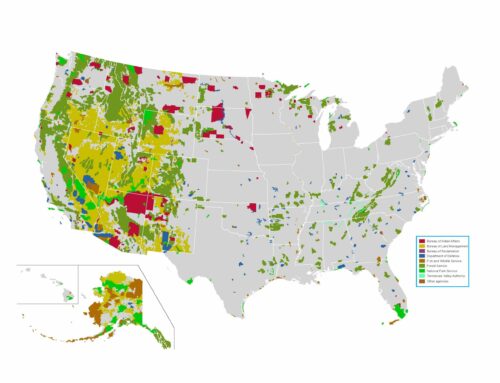by Greg Walcher, E&E Legal Senior Policy Fellow
As appearing in the Daily Sentinel
A popular website called LifeHack lists 25 things it calls “unnecessary wastes of money.” Wasteful items include dryer sheets, coffee k-cups, sliced cheese, cable TV and buying a snack “every now and then.” One could endlessly debate the wisdom of slicing one’s own cheese or paying a bit more for pre-sliced. K-cups cost more than 5-pound cans of coffee, but not if one drinks only a cup at a time and would waste the rest of the pot.
Any item on that list could spark a marginally interesting debate, but the larger point is: who gets to decide what’s a waste of your money? I’ve been amused for years when activists make assertions about what people “need.” “Nobody needs all these slicing, dicing, cooking gadgets,” or “Nobody needs a semi-automatic weapon,” or “Nobody really needs a fur coat,” or “Who really needs a 5,000-square-foot house?” or my personal favorite, “Nobody needs to drive a giant SUV or dually pickup.” How would some stranger know what I need?
Writer Charles Hugh Smith articulated the argument well: “Wasting resources, capital and income on stuff nobody really needs is a monumental disaster on multiple fronts. Rather than establish incentives to conserve and invest wisely, our system glorifies waste and the destruction of income and capital.” He is pictured on his blog with a Gibson Les Paul electric guitar, though he apparently owns a Fender Stratocaster, too. He is not a professional guitar player, so does he need both? Does he need either? Maybe. As Thomas Knapp wrote in the Citizen’s Journal, if the resources, income and capital are his own, who decides his purchases were wasteful?
I think a similar argument can be made about the growing push to eliminate turfgrass. Numerous local governments and water districts across the West are declaring war on what they call “non-functional” grass. Here’s how one local official defined nonfunctional: “Cities, towns and residents around Colorado have planted Kentucky bluegrass and other nonnative grasses around buildings, homes, and urban landscapes for decades. But in some areas the grass is rarely, if ever, used. Instead, it is watered and maintained primarily for aesthetic purposes.” The conventional wisdom is that “aesthetic” is not a function. “Non-functional” turf is planted next to sidewalks, driveways, medians and other public spaces.






